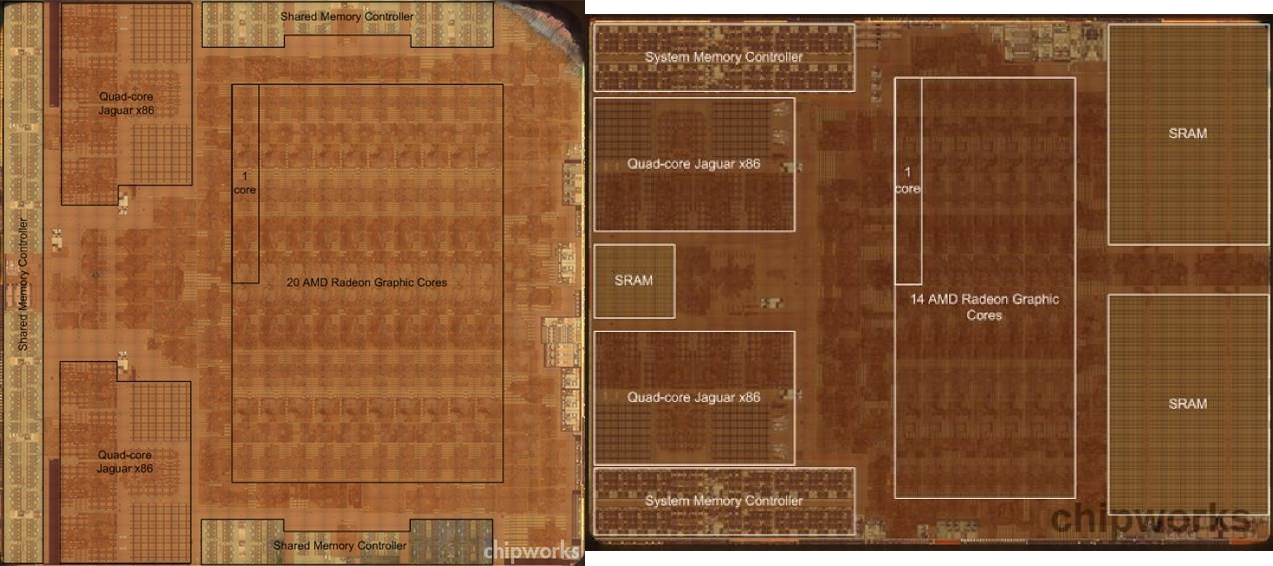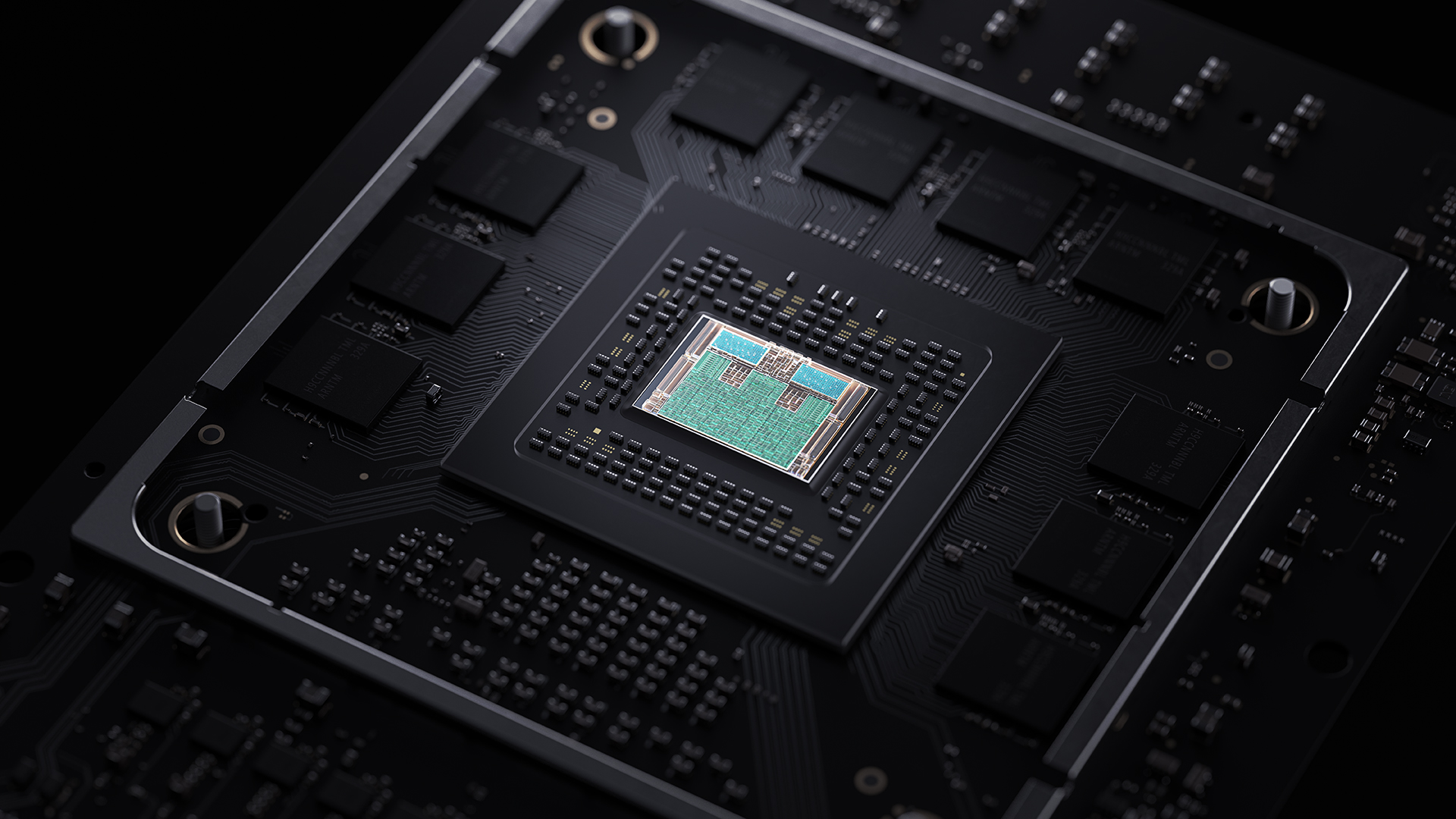I don’t think Lockheart is a separate SOC. I think it’s the exact same chip.
I really doubt it. You might be able to use some defective chips in Lockhart (that might increase yields of the big chip by a few percent), but that would be in addition to a dedicated Lockhart chip, which would be absolutely necessary to supply the bulk of the lower priced models.
Look at GPUs. The 2060/70/80 are exactly the same chip, just with more active cores. When these chips are produced, they don’t often come out at 100%. Additional sacrificial cores are built in for exactly this reason, so that a certain number can be bad, but it’s still a 2080. Then X number of bad cores is a 70 and Y is a 60.
The 2060 ~ 2080 range are actually produced using three different dies (two if you exclude include the Ti). But that's sort of beside the point.
Nvidia have a large range of products that they can salvage chips into. They can then adjust prices based on production and demand and trust that the market will choose between these carefully tiered products based on their needs and budget. But you'll notice that the 1660 is a completely different die, as is the 1650.
Other than niche OEM products released in limited quantities when enough "ultra salvage" parts have built up, chips are used for closely bracketed products. If you are going to disable functioning silicon for product segmentation then you want it to be
as little as possible and you only do it because you make your money on hardware margins.
That's not what Sony and MS do. And it's certainly not what Lockhart is for. Console vendors make money on software and services - hardware profit is a bonus. If the case for disabling huge amounts of silicon for your core product isn't there for Nivida, it sure as heck isn't going to be there for a console vendor!
Chips are extremely expensive to produce, so I feel it’s more likely that they’re not testing the SOC for Lockheart, but the new microcode/configuration.
Under your proposed plan, if MS are selling a lot of Lockharts - a
very different product compared to XSX and not two closely matched tiers they can juggle Nvidia style - they have no option but to disable huge areas of very expensive completely functional silicon.
Lets imagine Lockhart is outselling XSX by 2:1. If Anaconda yields are 80%, and you can get to 90% by salvaging for Lockhart, then you'd be disabling about 60% of you working die to feed the Lockhart market. That's insanity.
You'd be throwing away something like a third of your functional silicon - which is not only hugely expensive, but not always easy to get capacity on in the first place (there are bidding wars for slices of TSMC 7nm capacity). Suddenly those Lockharts are looking pretty expensive.
There's no point in Lockhart existing if it isn't cheap and available in large quantities early on in the generation.
MS can't shuffle their product stack around yields. They only have two products, aimed at very different parts of the market. That requires two chips. If they're using disabled Anaconda chips at launch it's only because something has gone wrong, not because it's a good plan.
The engineering of a cut down Lockhart chip - that can literally copy large amounts of the Anaconda layout and with all the fundamental issues solved for a more complex, power hungry chip - is a relatively small cost compared to the prolonged waste of very large amounts of cutting edge silicon.
... that ended up being a bit long. :|


